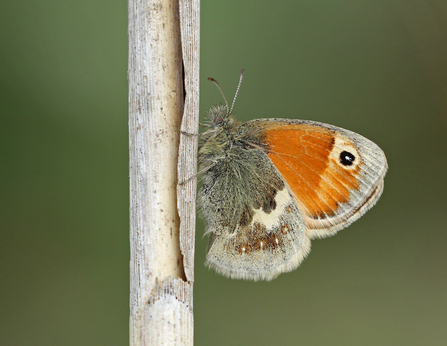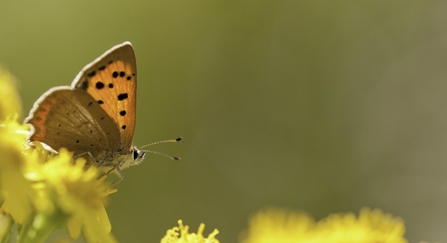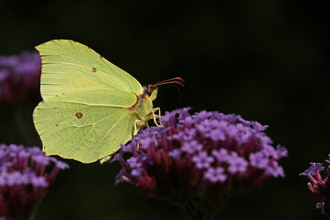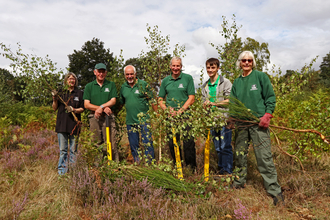The warm, open conditions and variety of particular plants that are found on lowland heathlands support several rare and threatened butterflies. Some have specific requirements, such as particular plants for the larvae to eat, that make them especially vulnerable to habitat loss and fragmentation. With a huge loss in heathland, many species now only survive in isolated populations, which is why projects like Saving Worcestershire's Heathlands are so important; we're restoring and creating new habitats to safeguard rare species and the fragile ecosystems they depend upon.
We may not have silver-studded blues or heath fritillaries on or around The Devil's Spittleful but there are still fluttering delights to look out for.






